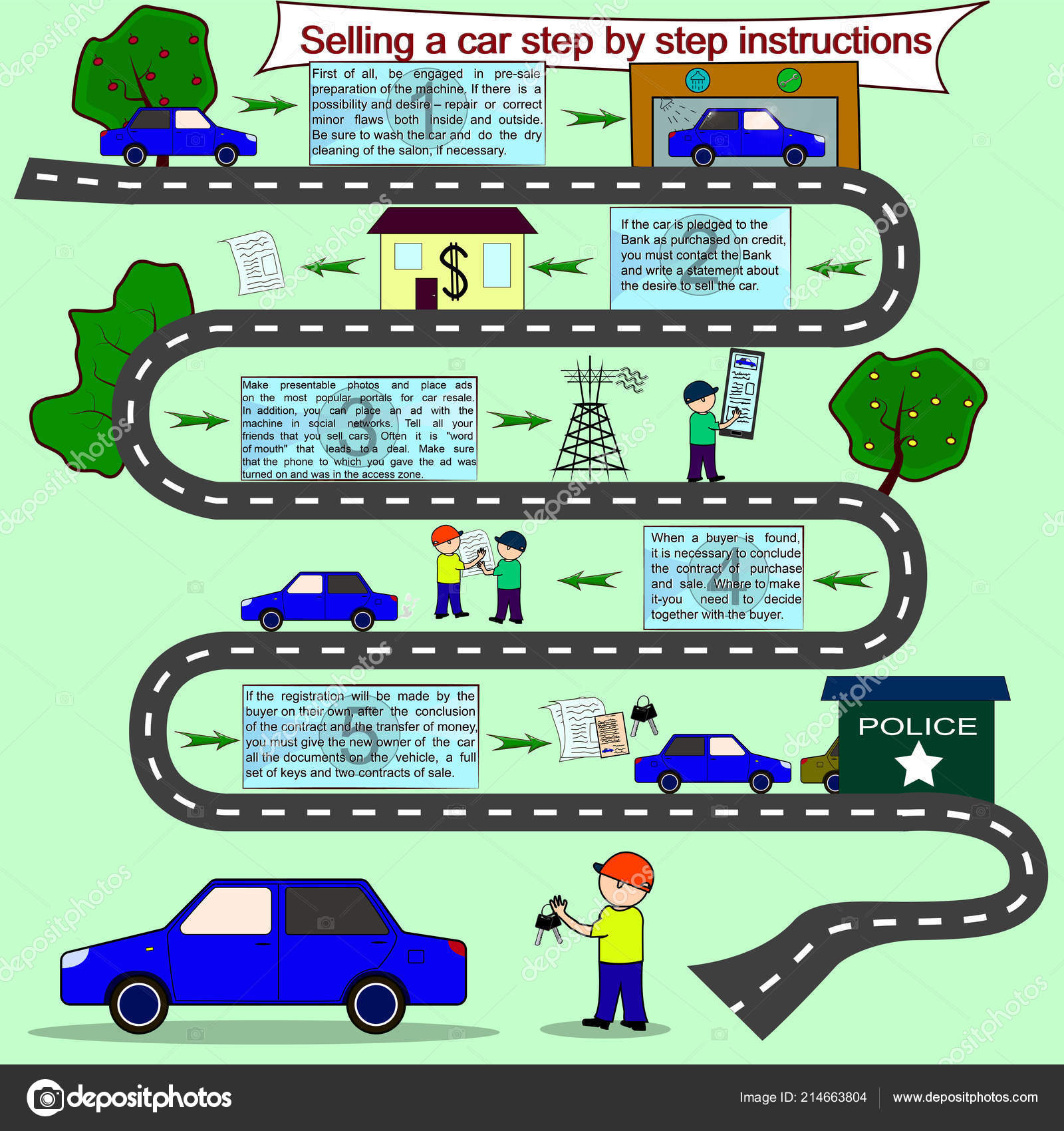Understanding The Relevance Of Your Cars And Truck'S Warning Signals: What They Really Stand For
Understanding The Relevance Of Your Cars And Truck'S Warning Signals: What They Really Stand For
Blog Article
Material By-Lauritsen Alvarado
When you're behind the wheel, those beautiful warning lights on your dashboard can be a bit puzzling. Do Highly recommended Resource site know what they're attempting to inform you about your vehicle's health? Recognizing the value of these lights is important for your security and the long life of your automobile. So, the next time one of those lights turns up, wouldn't you wish to decipher its message accurately and take the needed steps to resolve it?
Common Warning Lights and Interpretations
Determine usual warning lights in your cars and truck and understand their meanings to guarantee secure driving.
The most common caution lights include the check engine light, which indicates concerns with the engine or discharges system. If this light comes on, it's important to have your lorry checked quickly.
The oil stress warning light indicates low oil pressure, requiring instant focus to prevent engine damage.
A blinking battery light might suggest a damaged charging system, potentially leaving you stranded if not addressed.
The tire stress surveillance system (TPMS) light notifies you to reduced tire stress, affecting vehicle security and gas effectiveness. Neglecting this can bring about dangerous driving conditions.
The abdominal muscle light suggests a problem with the anti-lock braking system, endangering your capability to quit rapidly in emergency situations.
Finally, the coolant temperature level alerting light warns of engine getting too hot, which can result in extreme damages otherwise dealt with quickly.
Comprehending hop over to these guys will certainly help you address concerns promptly and maintain risk-free driving conditions.
Importance of Prompt Focus
Understanding the typical warning lights in your car is just the very first step; the value of immediately dealing with these warnings can't be stressed sufficient to ensure your safety when traveling.
When a warning light illuminates on your control panel, it's your auto's method of communicating a possible issue that needs attention. Neglecting these warnings can lead to more severe troubles down the road, endangering your safety and security and possibly costing you much more in repairs.
Trigger interest to cautioning lights can protect against failures and crashes. As an example, a blinking check engine light can suggest a misfire that, if left neglected, might cause damage to the catalytic converter. Resolving this quickly can conserve you from a pricey repair service.
In a similar way, a brake system cautioning light may indicate reduced brake liquid or used brake pads, important elements for your safety and security when driving.
Do It Yourself Troubleshooting Tips
If you notice a warning light on your control panel, there are a few do it yourself repairing tips you can try before looking for expert aid.
The initial step is to consult your automobile's manual to recognize what the specific caution light indicates. In some cases the problem can be as basic as a loose gas cap triggering the check engine light. Tightening up the gas cap may settle the trouble.
https://air-lift-performance-kits73950.wizzardsblog.com/31176274/an-important-guide-to-the-fundamental-tools-needed-in-all-car-service-center-revealing-the-understandings-behind-successful-car-upkeep-methods is a reduced battery, which can set off numerous advising lights. Inspecting the battery links for corrosion and ensuring they're secure might take care of the issue.
If a caution light lingers, you can attempt resetting it by disconnecting the auto's battery for a couple of minutes and afterwards reconnecting it. Furthermore, inspecting your lorry's liquid levels, such as oil, coolant, and brake liquid, can help fix cautioning lights associated with these systems.
Conclusion
To conclude, understanding your automobile's warning lights is essential for keeping your automobile running efficiently and securely. By promptly attending to these notifies and understanding what they imply, you can prevent costly repair work and possible malfunctions.
Keep in mind to consult your vehicle's guidebook for specific information on each advising light and act accordingly to ensure a hassle-free driving experience.
Stay educated, remain https://airliftperformancekits51628.bloggosite.com/37864838/standards-for-discovering-a-trusted-car-repair-service-service-in-your-community when driving!
